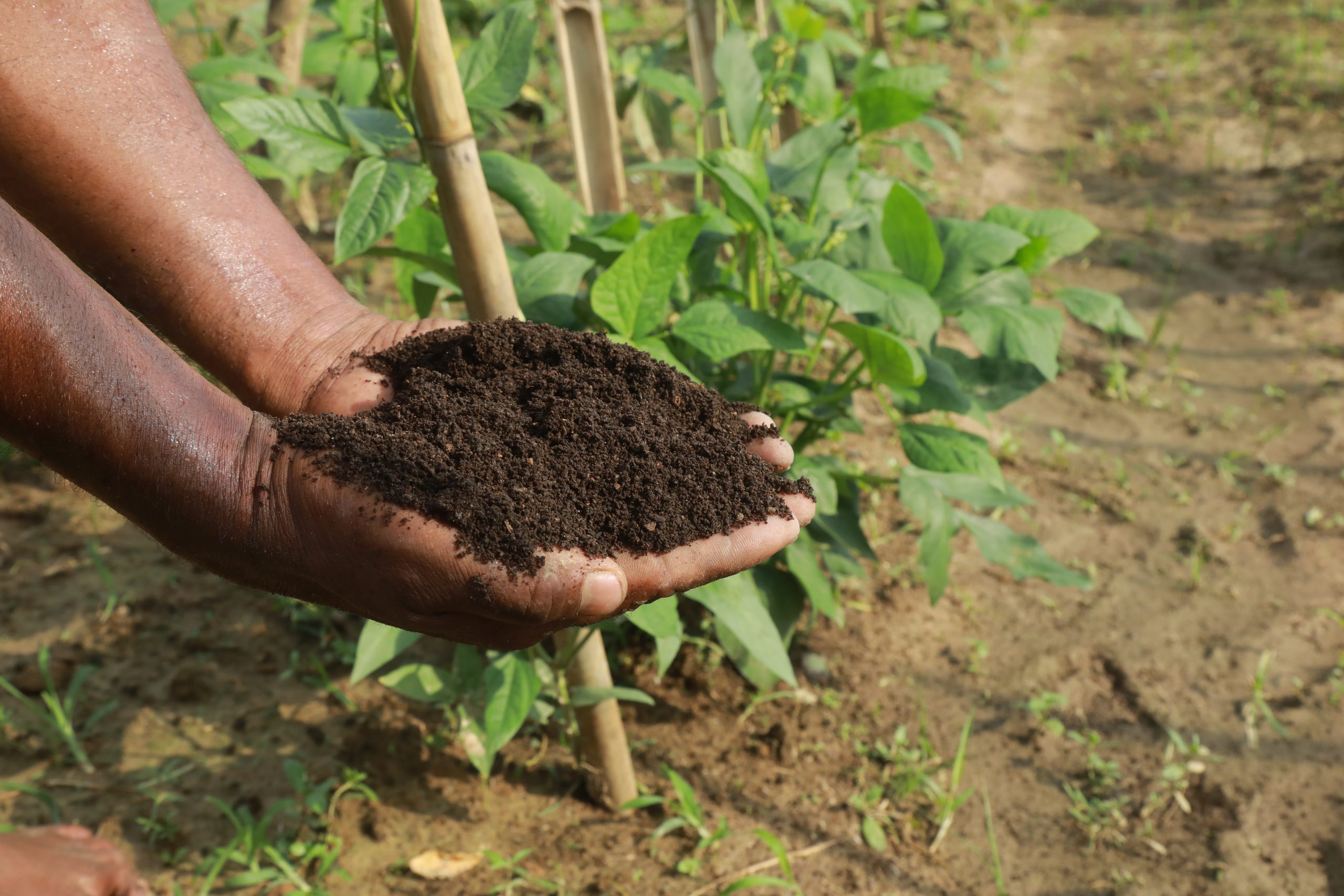Climate Adaptation
The climate is changing. Climate change adaptation is a response to global warming. The Intergovernmental Panel on Climate Change defines adaptation as: ‘the process of adjustment to actual or expected climate and its effects’ and anticipating and planning for unusual weather and climate and how they impact human and natural systems’. Adaptation measures can help to reduce vulnerability. For those considering how to reduce vulnerabilities, adaptation technologies tailored to various climatic zones and sectors such as agriculture, water resources, public health, forestry, biodiversity, soil resources, fisheries and aquaculture, energy, and infrastructure will be needed. Dozens of such adaptation technologies are demonstrated in the climate technology park. All adaptation technologies are demonstrated in the zones they belong to, like coastal, dryland, char land, hill, and haor zone.
In most cases, we are not the inventors of the technologies. Instead, the technologies are being gathered from various research organizations, NGOs, INGOs, and locals’ or others’ best practices. The technologies are selected by, first, identifying them, second, evaluating their suitability to the respective climatic zone, and finally, receiving expert group approval of their overall appropriateness. Vertical agriculture, sack garden, floating garden, rain water harvesting system, and pond sand filter (PSF) have already been implemented successfully by CCDB in coastal areas of Bangladesh, namely Shyamnagar, Patherghata, and Morelgonj. Some technologies have been customized to take into account local demand, as well as cost.










